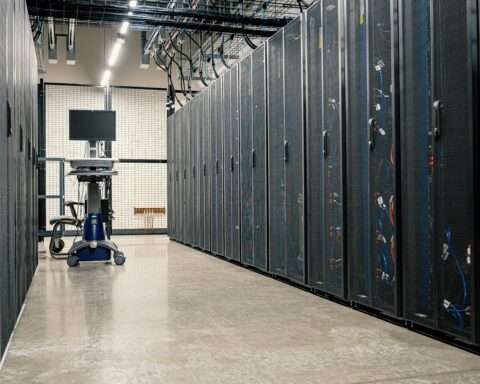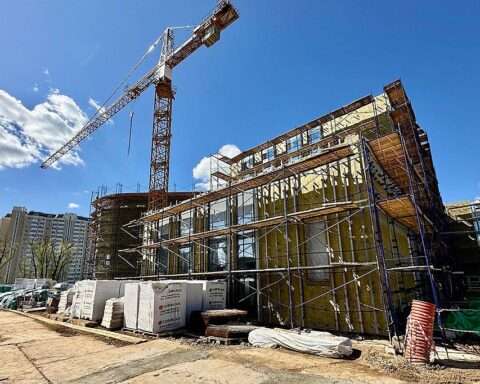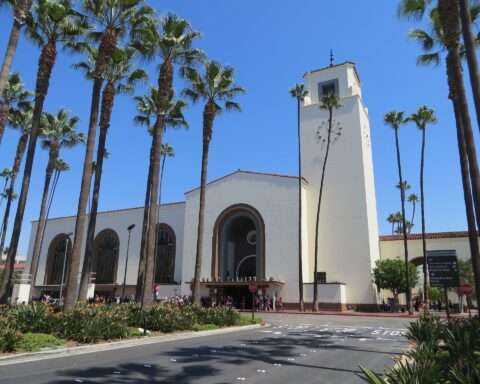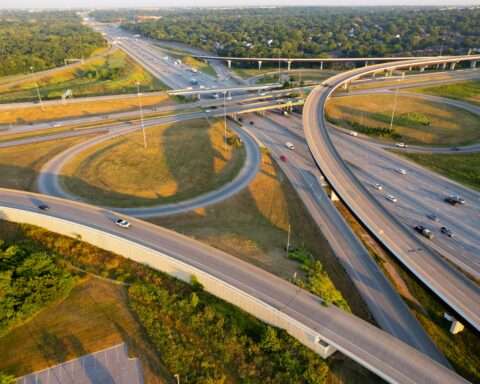The Golden Gate Bridge is beginning the final phase of a decades-long retrofit to harden the structure against earthquakes and other natural disasters.
The Golden Gate Bridge Seismic Retrofit Project has been ongoing since 1996 after experts identified vulnerabilities following the 1989 Loma Prieta Earthquake. The third and final phase, Phase 3B, will begin in January 2026 and cost around $1.8 billion, according to project officials.
The Golden Gate Bridge, Highway and Transportation District (GGBHTD), which oversees the bridge and surrounding services, has secured almost half of the total funding needed to date. Current funding includes a $400 million federal grant, $270 million from district reserves and $200 million from California’s Highway Bridge Program.
This final phase will strengthen the iconic suspension bridge and two towers through major structural additions. Workers will install massive steel reinforcement plates at the base of each tower, strengthen trusses and floor beams and add 38 specialized shock absorbers. The retrofit ensures the bridge can reopen to emergency vehicles within 24 hours and to the public within 72 hours after a major earthquake.
Construction will be largely hidden from drivers, though a temporary work platform will span beneath the bridge during the decade-long project.
Earlier phases addressed the bridge’s most vulnerable sections over three decades. Phase 1, completed from 1997 to 2001, strengthened the north approach viaduct by replacing four steel support towers, reinforcing foundations and installing seismic isolation bearings.
Phase 2, the most complex portion, ran from 2001 to 2008 and retrofitted the south approach structures. Workers added millions of pounds of steel reinforcement to the south pylons and rebuilt the west wall of the south anchorage housing structure. Phase 3A, completed between 2008 and 2014, retrofitted the north anchorage housing structure and pylon N1.
District spokesperson Paolo Cosulich-Schwartz said the previously completed sections allow the bridge to safely withstand a large earthquake today. The main suspension span between the towers, however, still requires major strengthening work.
The district plans to award a construction contract for the first portion of Phase 3B, which will focus on the towers and side spans over about five years, by December 2025.
The district split the work into two contracts to manage the project’s complexity and funding constraints. Officials expect to begin seeking federal and state grants for the second contract, covering the main suspension span, which will cost roughly $900 million and take an additional four years to complete.
Photo by zahid lilani from Pexels













